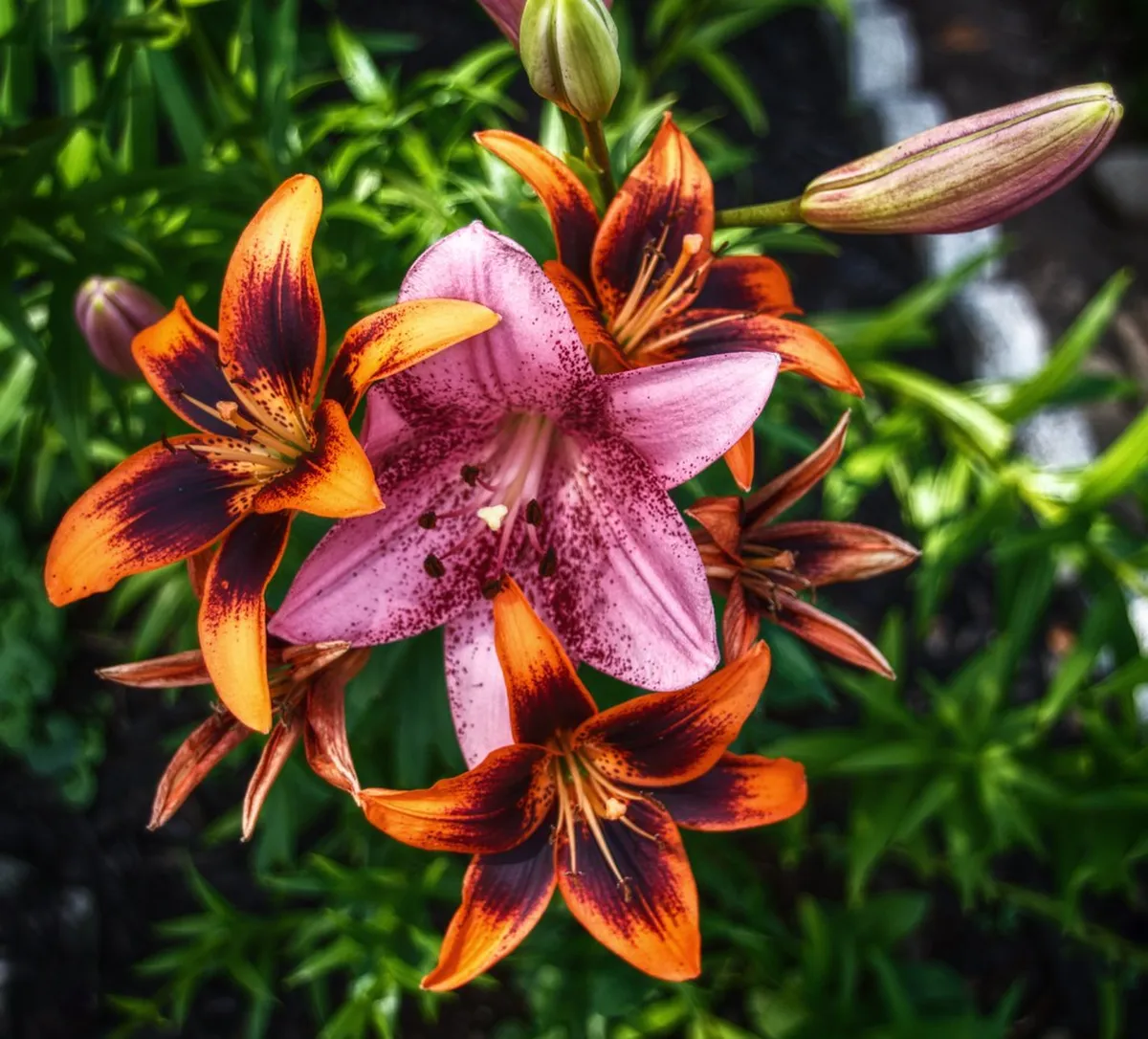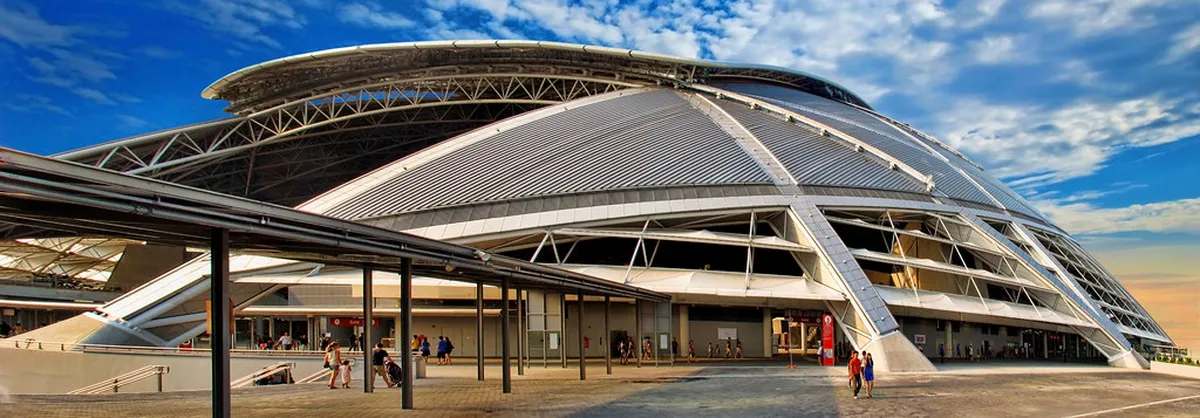Tokyo Festivals & Events: Your Month-by-Month Planner
Tokyo's calendar brims with vibrant festivals (matsuri) and seasonal events that offer visitors unparalleled glimpses into Japanese traditions, spirituality, and contemporary culture. These celebrations transform the city throughout the year, from serene shrine ceremonies to dazzling street parades and modern cultural showcases. Our month-by-month guide helps you plan your Tokyo visit around these unforgettable events, ensuring you experience the city at its most festive and authentic. Find the best shopping experiences with our Tokyo shopping guide.

January: New Year Celebrations
Hatsumode (初詣): January 1-3
The Japanese New Year begins with Hatsumode, the first shrine or temple visit of the year. Millions of Tokyo residents visit sites like Meiji Jingu Shrine, which welcomes over three million visitors during this period, creating a remarkable atmosphere of collective hope and renewal. Visitors write wishes on ema (wooden plaques), purchase lucky charms for the coming year, and enjoy seasonal foods from festival stalls. For a less crowded but equally meaningful experience, consider visiting the beautiful Nezu Shrine or Kanda Myojin. Build your perfect itinerary with our Tokyo itinerary. Design your dream vacation using our Tokyo itinerary.
Coming of Age Day (成人の日): Second Monday
This national holiday celebrates those who turned 20 in the previous year. Throughout Tokyo, newly recognized adults don formal attire—women in vibrant furisode kimono and men in hakama or Western suits—for ceremonies and celebrations. The most spectacular visual displays occur at Meiji Jingu Shrine and Sensoji Temple, where groups of colorfully dressed young adults gather for commemorative photos. Find the best shopping experiences with our Tokyo shopping guide.
February: Spring Beginnings
Setsubun (節分): February 3
Setsubun marks the beginning of spring in the traditional calendar with bean-throwing ceremonies (mamemaki) to drive away evil spirits. Major temples and shrines like Sensoji and Zojoji Temple host large celebrations where celebrities and religious figures throw lucky beans, small prizes, and sometimes money to enthusiastic crowds. Visitors can join the bean-throwing and enjoy traditional setsubun foods like ehomaki (lucky direction sushi rolls). Create your ideal travel schedule with our Tokyo itinerary. Enhance your Tokyo experience with our Tokyo itinerary.
Plum Blossom Festivals: Mid-February to March
While cherry blossoms receive more attention, plum blossoms (ume) create equally spectacular displays from mid-February. The Yushima Tenjin Shrine Plum Festival showcases 300+ trees in white and pink blooms, accompanied by tea ceremonies and weekend cultural performances. Hanegi Park in Setagaya hosts another notable ume matsuri with nearly 650 plum trees. Enhance your Tokyo experience with our Tokyo itinerary. Find the best shopping experiences with our Tokyo shopping guide.
March: Spring Spectacles
AnimeJapan: Late March
The world's largest anime industry event takes over Tokyo Big Sight, drawing fans and professionals from around the globe. AnimeJapan features exclusive previews, merchandise, stage performances, and interactive exhibits from major anime studios. Even casual anime enthusiasts will appreciate the spectacular displays and cosplay participants that create a festival-like atmosphere. Map out your exploration with our Tokyo itinerary. Enhance your Beppu experience with our Beppu itinerary.
Cherry Blossom Festivals: Late March to Early April
Tokyo's most anticipated seasonal event begins in late March as cherry trees burst into bloom. While not a single festival, hanami (flower viewing) celebrations occur throughout the city, with popular spots including Ueno Park, Shinjuku Gyoen, and the Meguro River. The exact timing varies annually based on weather conditions, but the Japan Meteorological Agency issues forecasts to help visitors plan. Evening illuminations (yozakura) at places like Chidorigafuchi Moat offer magical nighttime viewing. Structure your adventure with our detailed Takayama itinerary. Enhance your Hiroshima experience with our Hiroshima itinerary.
Pro Tip: Cherry blossom season brings dense crowds and premium accommodation prices. Book lodging months in advance if planning a visit during this peak period.
April-May: Golden Week and Spring Traditions
Golden Week: Late April to Early May
This cluster of national holidays creates Japan's busiest travel period. In Tokyo, the week features special events at major attractions, illuminations, and limited-time exhibitions. The Meiji Shrine Spring Festival includes traditional performances of court music and dance, while parks across the city host various spring-themed events. Be aware that domestic tourism peaks during this period, affecting availability and prices.
Kanda Matsuri (神田祭): Mid-May (odd-numbered years)
One of Tokyo's three major Shinto festivals, the Kanda Matsuri occurs in full grandeur every odd-numbered year. Centered on Kanda Myojin shrine, this 400-year-old celebration features a spectacularly ornate parade with portable shrines (mikoshi), traditional music, and dancers in historical costumes. The procession winds through central Tokyo districts, creating one of the city's most dynamic cultural displays.
June-July: Rainy Season and Early Summer
Sanno Matsuri (山王祭): Mid-June (even-numbered years)
Alternating years with the Kanda Matsuri, the Sanno Matsuri represents the second of Tokyo's three major festivals. Centered on Hie Shrine, this event includes a grand procession through Tokyo's government district, featuring mikoshi, traditional musicians, and dancers. The festival historically enjoyed patronage from the ruling Tokugawa shogunate, lending it particular historical significance.
Sumidagawa Fireworks Festival (隅田川花火大会): Last Saturday in July
This spectacular fireworks competition dates back to the Edo period and now features over 20,000 fireworks lighting up the summer sky above the Sumida River. Viewing spots along the riverbanks fill hours in advance, but various paid options exist, including rooftop parties, river cruises, and special hotel packages. The combination of traditional pyrotechnic artistry with Tokyo's modern skyline creates unforgettable imagery.
August: Summer Festival Season
Fukagawa Matsuri (深川祭): Mid-August (major event every third year)
The third of Tokyo's major festivals, Fukagawa Matsuri centers on the Tomioka Hachiman Shrine in the eastern shitamachi area. Known as the "water-splashing festival," participants carry over 100 mikoshi through streets while spectators and residents douse them with water—a refreshing tradition during August's heat. The major festival held every third year features the spectacular "rengo mikoshi" where multiple neighborhood shrines converge.
Asakusa Samba Carnival: Late August
A unique cultural fusion, this Brazilian-inspired festival brings samba dance teams, flamboyant costumes, and pulsating music to Asakusa. Competitive dance teams parade along a 500-meter route, showcasing spectacular performances that blend Brazilian carnival traditions with Japanese precision and organization. The event represents Tokyo's multicultural character and creates a joyful summer atmosphere.
September-October: Autumn Traditions
Tokyo Game Show: Late September
Asia's largest video game exhibition transforms Makuhari Messe into a gamer's paradise with previews of upcoming releases, demonstrations, competitions, and elaborate booth displays. The Tokyo Game Show reflects Japan's significant role in global gaming culture and offers visitors hands-on experiences with cutting-edge technology and entertainment.
Autumn Festivals and Foliage Viewing: October-November
As maple leaves turn vibrant red and yellow, Tokyo celebrates autumn with numerous local festivals. The Meiji Jingu Shrine Autumn Festival features traditional performances, while parks like Rikugien and Koishikawa Korakuen hold special evening illuminations highlighting the colorful foliage. Various shrines host harvest thanksgiving festivals with food stalls and cultural performances.
November-December: Winter Illuminations and Year-End
Tokyo Winter Illuminations: November-February
From mid-November, Tokyo transforms into a wonderland of lights, with spectacular installations throughout the city. Roppongi Hills Christmas, Tokyo Midtown, and Marunouchi Illumination create dazzling displays along main thoroughfares, while Tokyo Dome City and Yomiuri Land offer immersive light experiences. These illuminations continue well past the holiday season, brightening Tokyo's winter nights.
Hagoita-Ichi (羽子板市): December 17-19
This traditional fair at Sensoji Temple specializes in ornate wooden paddles (hagoita) used in the New Year's game of hanetsuki (similar to badminton). Modern hagoita feature elaborate decorations depicting kabuki actors, celebrities, or popular characters. The market stalls create a festive year-end atmosphere with food vendors and other traditional crafts available alongside the colorful paddles.
Hatsuhinode (初日の出): December 31-January 1
As the year concludes, many Tokyo residents ascend to observation decks, hills, and tall buildings to witness the first sunrise (hatsuhinode) of the New Year. Popular spots include Tokyo Skytree, Tokyo Tower, and Mount Takao on the city's western edge. This tradition represents renewal and hope for the coming year, bringing the festival calendar full circle.
Planning Your Festival Visit
- Accommodation: Book well in advance for major festivals, especially during cherry blossom season and Golden Week
- Transportation: Expect crowded trains during festivals; consider purchasing a Suica/Pasmo card for seamless transit
- Weather Considerations: Summer festivals (June-September) often bring intense heat and humidity; stay hydrated and use sun protection
- Festival Etiquette: Follow crowd instructions, respect shrine/temple grounds, and properly dispose of trash
- Photography: Some religious ceremonies restrict photography; always check for signage or announcements
Tokyo's festivals provide windows into Japan's cultural soul, where ancient traditions mingle with contemporary celebrations. Whether you witness the solemn beauty of a centuries-old Shinto ritual or the explosive energy of a summer matsuri, these events create memories that will linger long after your visit to this dynamic metropolis.
For more seasonal information to help plan your Tokyo visit, see our Tokyo Seasonal Guide. To incorporate these festivals into your travel plans, check our Tokyo Itinerary recommendations.



